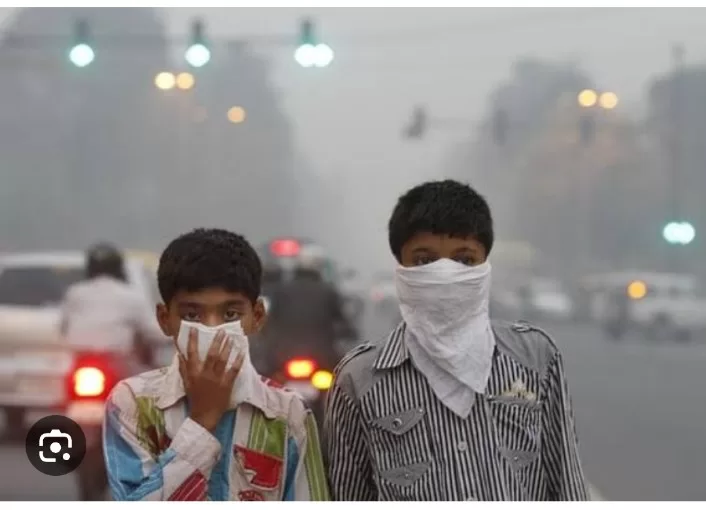A somber revelation emerges from the updated Air Quality Life Index (AQLI) by the esteemed Energy Policy Institute at the University of Chicago. The index, meticulously formulated based on World Health Organization (WHO) standards, accentuates the profound impact of air pollution on the lives of Indians. An average citizen in India is robbed of a staggering 5.3 years of life expectancy due to the relentless scourge of polluted air.
The distressing reality becomes even grimmer within the confines of Delhi, oft-termed as the world’s most polluted city. For the unfortunate populace of this metropolis, the AQLI paints a dire picture, indicating a harrowing loss of 11.9 years from their lifespan.
The AQLI report unfurls a damning rank for India, securing the second spot among nations afflicted worst by the scourge of air pollution. This ignominious standing comes second only to Bangladesh, where the average citizen grapples with a forfeiture of 6.8 years of existence due to the toxic air they breathe. Nepal claims the third spot in this morbid ranking, followed by Pakistan and Mongolia.
The methodology employed in constructing the AQLI involves the assessment of annual average PM2.5 (fine particulate matter) levels, a key indicator of air pollution. The results lay bare several Indian locales bearing the brunt of this hazardous phenomenon. Gurgaon, tragically, witnesses lives truncated by 11.2 years, while Faridabad, Jaunpur (Uttar Pradesh), Lucknow, and Kanpur collectively endure losses of 10.8, 10.1, 9.7, and 9.7 years respectively. Patna, meanwhile, witnesses its citizens losing 8.7 precious years to air pollution.
A grim reality further underscores the report’s findings. India’s colossal population of 1.3 billion inhabitants grapples with residing in zones where air pollution levels defiantly surpass WHO benchmarks. A disconcerting 67.4 percent of the country’s populace finds themselves inhabiting regions that exceed even India’s national air quality standards.




